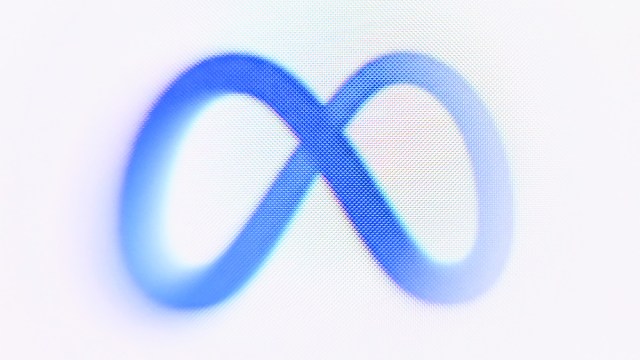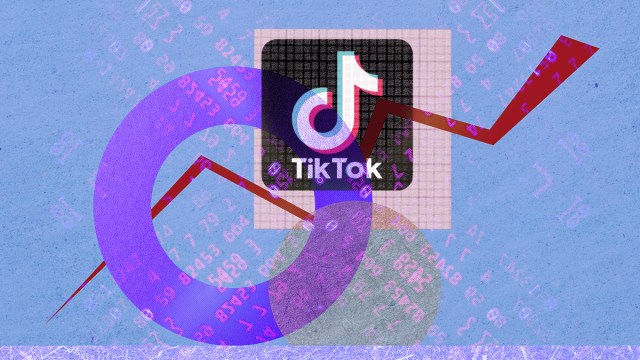What the #$@! to Do About Your TikTok Shop
If you’ve logged onto TikTok within the past week (haven’t we all?), you’ve probably seen the latest #goodbyetiktok and #savetiktok content as users stateside prepare for the very real possibility that the nationwide ban on the app will go into effect on January 19.
As we anxiously await the Supreme Court’s decision on TikTok’s fate, brands, creators, and the app’s 170 million U.S. users (which include one-third of all U.S. adults) are weighing their options over what platform to turn to next. Do they double down on Instagram Reels? Go straight to the original home of user-generated video content with YouTube Shorts? Test the waters with ByteDance’s Lemon8 or Chinese-owned RedNote, both of which could possibly end up with the same fate as TikTok?
Tough decisions, sure. Because beyond TikTok’s entertainment factor, it has found more social commerce success than any other platform. It’s remarkably easy to make an impulse purchase on TikTok, and 17% of U.S. adults have used TikTok Shop according to CivicScience. TikTok has estimated that small businesses could lose over $1 billion per month in revenues if the ban takes effect.
Despite impassioned pleas from TikTok users and creators and strong arguments from TikTok’s attorneys, the Supreme Court seems likely to uphold the ban as of publication. While a last-minute Hail Mary to save the app in the U.S. is still possible, if you’re a brand or business owner on TikTok, now is truly the time to prepare for the end of the TikTok era.
Because let’s face facts: While there isn’t another platform that can easily replicate the success of the video-first social shopping that TikTok created, the TikTok Shop boom has proven that social commerce works, which should give competitors a clear roadmap to improve their own shoppable offerings.
Bottom line: If social commerce is your goal, the two most viable options are Meta and YouTube Shorts.
Meta
Social commerce isn’t new to Meta, meaning that brands, creators, and consumers are likely to already be active there, eliminating the initial barrier to entry. Direct-to-consumer brands with streamlined product offerings have found the most success with Meta Shops to date, combining the ease of Meta Checkout and advertising with full-funnel paid social campaigns on the platform to drive sales.
The good news is that there are a lot of active Meta users to reach and a strong advertising platform to do just that. The bad news is that there’s a lot of competition for those users’ attention. Plus, setting up shop on Meta is, as any seasoned Meta Business Manager user would expect, very complicated.
Meta integrates with existing ecommerce platforms like Shopify, ChannelAdvisor, and BigCommerce, but businesses can also create a shop directly with Meta Commerce Manager. Building a new or adding an existing product catalog is required, as is having a website for your business, which is not a requirement for TikTok Shop. For every transaction, Meta charges a processing fee, ranging from 2.9% to 3.49% depending on the transaction type.
Unlike TikTok Shop, shoppable content, including video, is unlikely to reach users without a healthy advertising budget to support it.
Before TikTok, and before “content creator” became part of our social media lexicon, Instagram was the platform for influencers and tastemakers. While TikTok may have carved out a different space for creators, many of them are also active on Instagram, publishing the same content on both platforms. Should the ban go into effect, those creators should prioritize their existing presence on Instagram, leaning into Reels and driving social commerce through affiliate marketing platforms like LTK, as well as directly with retailers like Amazon, Target, and Walmart.
YouTube
In terms of YouTube, it’s fair to say that for many brands, creating enough content to maintain an active YouTube presence is already a challenge. Most of us are candidly aware of how the platform is (too) often used as an archive of TV spots and miscellaneous content from old campaigns.
However, for creators, it’s quite the opposite. YouTube’s creator community has effectively shifted the media landscape, turning influencers into their own successful brands and media enterprises.
Because YouTube is focused on video content, shoppable videos and livestreams function more similarly to TikTok than Meta, with an easy shopping button displayed on content and in a product “shelf” below the content.
In order to set up YouTube Shopping, channels must have a minimum of 1,000 subscribers with 4,000 valid public watch hours in the last 12 months, or 1,000 subscribers with 10 million valid public Shorts views in the last 90 days. YouTube Shopping also requires connection with an existing ecommerce platform, like Shopify, and doesn’t offer their own native solution, which may be limiting to both brands and creators.
Until YouTube’s commerce options expand, the platform is best suited for creators or brands with a healthy, engaged subscriber base and frequently produced, timely content that stands out.
Social search and alternative commerce platforms
Regardless of platform, shoppers are increasingly turning to social instead of Google to search for and research products before making a purchase. The shift in behavior is driven by younger consumers on TikTok, and this preference for visual, video-led search results has pushed Meta and YouTube to offer paid social search ads as a complement to paid social campaigns.
For brands building Meta or YouTube shopping experiences, adding social search to the media mix and targeting younger audiences can help boost the success of social shopping. And partnering with creators to amplify these efforts is likely to pay off—creator content drove more social purchases than any other content type, including brand-produced content, according to a March 2024 survey by eMarketer.
Beyond Meta and YouTube, there remains a place for Pinterest, given its focus on visual content and shoppable pins that can fuel product discovery. Creators have also been supplementing their visual content from TikTok and Instagram with longer-form content through the subscription-based platform Substack, which not only offers monetization for creators through its subscription model, but also can easily incorporate affiliate links for subscribers to shop.
On the retailer end of the spectrum, Amazon Inspire is an app that connects brand and creator content directly to Amazon’s marketplace with a focus on user-generated content. Given that many creators promote their Amazon storefronts through Amazon’s affiliate program, Inspire takes this a step further with video content.
Although these platforms aren’t exact replacements of TikTok, they still give creators another option or two worth keeping an eye on.
Moving forward
Change is always happening in some fashion or another.
Perhaps it’s the looming deadline of the ban or the ease of adding to cart, but I, for one, have found myself making a few impulsive TikTok Shop purchases from small businesses. Within minutes, I had checked out and received updates on my order. Then I swiped to the next video and suddenly felt “seen” by a creator’s video listing all of the things TikTok had “successfully manipulated” her into doing.
So, whether you call it manipulation or incredible marketing, there’s one thing we know for sure: Platforms succeed, platforms evolve, and some disappear. While we await the Supreme Court’s decision, let’s all of us—consumers and marketers alike—enjoy TikTok while we can, while also preparing for a future without it.
https://www.adweek.com/commerce/what-to-do-about-your-tiktok-shop/


